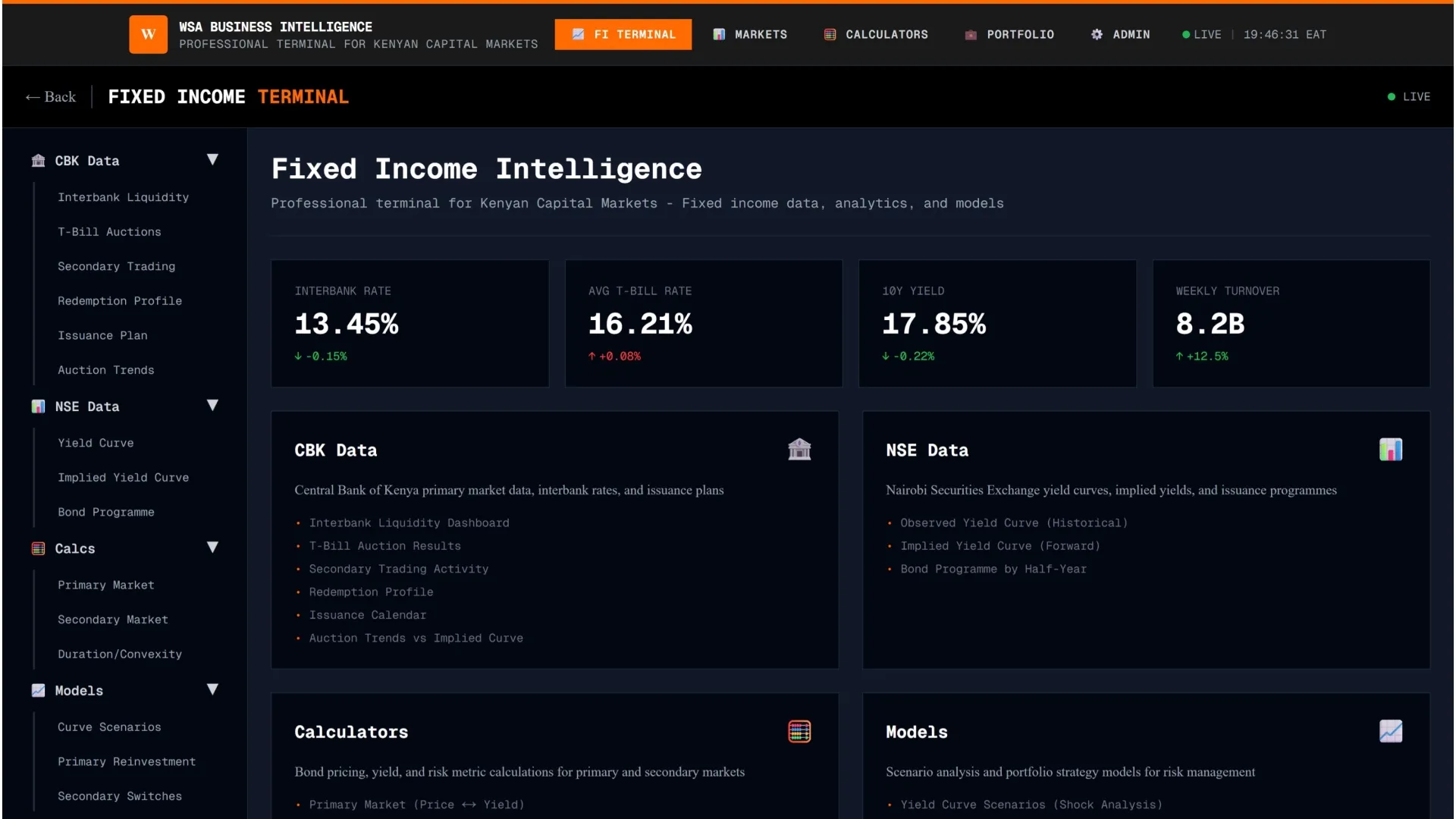In December 2024, Kenya’s economic story reached a pivotal chapter. The Central Bank of Kenya (CBK), at its highly anticipated Monetary Policy Committee (MPC) meeting on December 5, faced a moment that begged for bold action.
With inflation at record lows, economic growth faltering, and foreign reserves soaring to historic highs, the stage was set for a dramatic policy shift. Yet, instead of seizing the moment, the CBK chose caution. It trimmed the Central Bank Rate (CBR) by 75 basis points to 11.25%, with the next review deferred to February 2025.
While such a reduction might seem significant in different circumstances, this move fell short for an economy grappling with a liquidity crunch which is affecting both the government & its citizens. Businesses, households, and key sectors are now left to wonder: was this a tale of a missed opportunity brewed by hesitation?
A Quiet Inflation Landscape
For months, Kenya’s inflation rate has been whispering promises of stability. By November 2024, it stood at an enviable 2.8%, far below the central bank’s mid-range target of 5%.
Improved food supplies, declining fuel prices, and a robust shilling combined to keep inflationary pressures at bay. Both CBK surveys and private perception surveys indicate that businesses expect inflation to remain low in the coming months. The CBK’s own projection anticipates inflation levels to remain below 5% in the next four months.
Market players saw these conditions as a green light for the CBK to loosen its grip on monetary policy and reignite growth with minimal risks to price stability. Instead, the MPC chose restraint, leaving many to wonder: Why not act with boldness when the numbers favored it?The Weight of Slowing Economic Growth
Kenya’s economy showed clear signs of losing momentum in 2024. Real GDP growth in the first half of 2024 averaged 4.8%, a notable drop from 5.5% in the same period of 2023.
Credit-dependent sectors like manufacturing, construction, and mining bore the brunt of earlier tight monetary policies, which curbed access to affordable financing.
All other sectors slowed down in growth. Analysts had hoped for a decisive rate cut to breathe life into these critical areas. Instead, the moderate easing raised concerns about whether the CBK’s caution might prolong the economic slowdown.
Private Sector Credit: The Missing Ingredient
At the heart of Kenya’s economic conundrum lies a credit bottleneck. Despite successive reductions in the CBR, commercial banks have kept lending rates stubbornly high, citing elevated non performing loans and competition for deposits from Treasury bills which increase cost of deposits. In our view, these reasons provided by banks lack merit and are just excuses for them to sustain lazy intermediation practices of lending to the government.
This reluctance to lower borrowing costs has stifled businesses and households, leaving them gasping for liquidity. We argue that easing credit access could be the antidote which will unlock liquidity, reduce loan defaults, and stimulate investments for growth. An aggressive rate cut might have sent a stronger message to banks to recalibrate their lending practices.
Yet, the CBK relied on persuasion, stopping short of actions that would compel banks to act.
A Strong & Stable External Position: A Fortress of Resilience
Amid these challenges, Kenya’s external position shines as a beacon of strength. By the end of 2024, foreign reserves are expected to reach a historic $9 billion, equivalent to 4.57 months of import cover. This surplus, supported by a stable current account and improved capital and financial flows, underscores Kenya’s external resilience.
The Kenyan shilling, supported by improved balance of payments, has thus far appreciated by 17.42% in 2024, outperforming regional & global peers. These achievements offered the CBK a cushion to act boldly, without the fear of destabilizing the economy. Yet, the MPC’s cautious move has left this potential untapped.
A Call for Courage
“This was a moment for daring,” one commentator reflected. Persistently low inflation and a strong external position provided the ideal backdrop for an aggressive monetary policy shift. A 200 basis-point reduction, as some had advocated, could have revitalized credit access and stimulated faltering sectors. However, the CBK’s decision has in our view prolonged a slow recovery, deferring hopes for robust economic growth.The IMF’s Shadow
Behind the CBK’s cautious stance looms the influence of the International Monetary Fund (IMF). The IMF has been vocal in its call for a tight monetary stance, warning of core inflation risks and global monetary policy misalignments. The November 2024 IMF review report was not shy to make this point.
The IMF’s call for a tight monetary environment follows recent realization that Fiscal reforms were getting derailed by political action from Kenyan Citizens and will therefore take longer than expected. While the IMF’s concerns are partly valid, domestic indicators suggest Kenya is better positioned to take calculated risks.
By aligning closely with the IMF’s recommendations, the CBK has sparked debate about its priorities in addressing Kenya’s unique challenges.What This Means for Investors
For investors, the MPC’s tempered easing signals a mixed bag of caution and opportunity. Lower interest rates, even modestly reduced, could spur demand in sectors like manufacturing, construction, and consumer goods over time.
Equities may become more appealing, especially for companies that stand to benefit from reduced financing costs. However, the pace of recovery will be gradual, urging investors to tread carefully while remaining optimistic about the long-term potential.
The sovereign credit market offers capital gains opportunities especially for longer dated bonds, with the expectation of gradual long term interest rate decline.
Looking Ahead: A Slow Climb
As the CBK deferres further policy decisions to February 2025, Kenya’s economic narrative hangs in suspense. While the December rate cut reflects prudence, it also underscores a missed opportunity to act boldly.
For businesses and households, the hope of a quick revitalized economy now rests on proposed fiscal reforms. Kenya’s resilience is undeniable, but turning that resilience into renewed growth will require not just opportunity but also the courage to act decisively.




